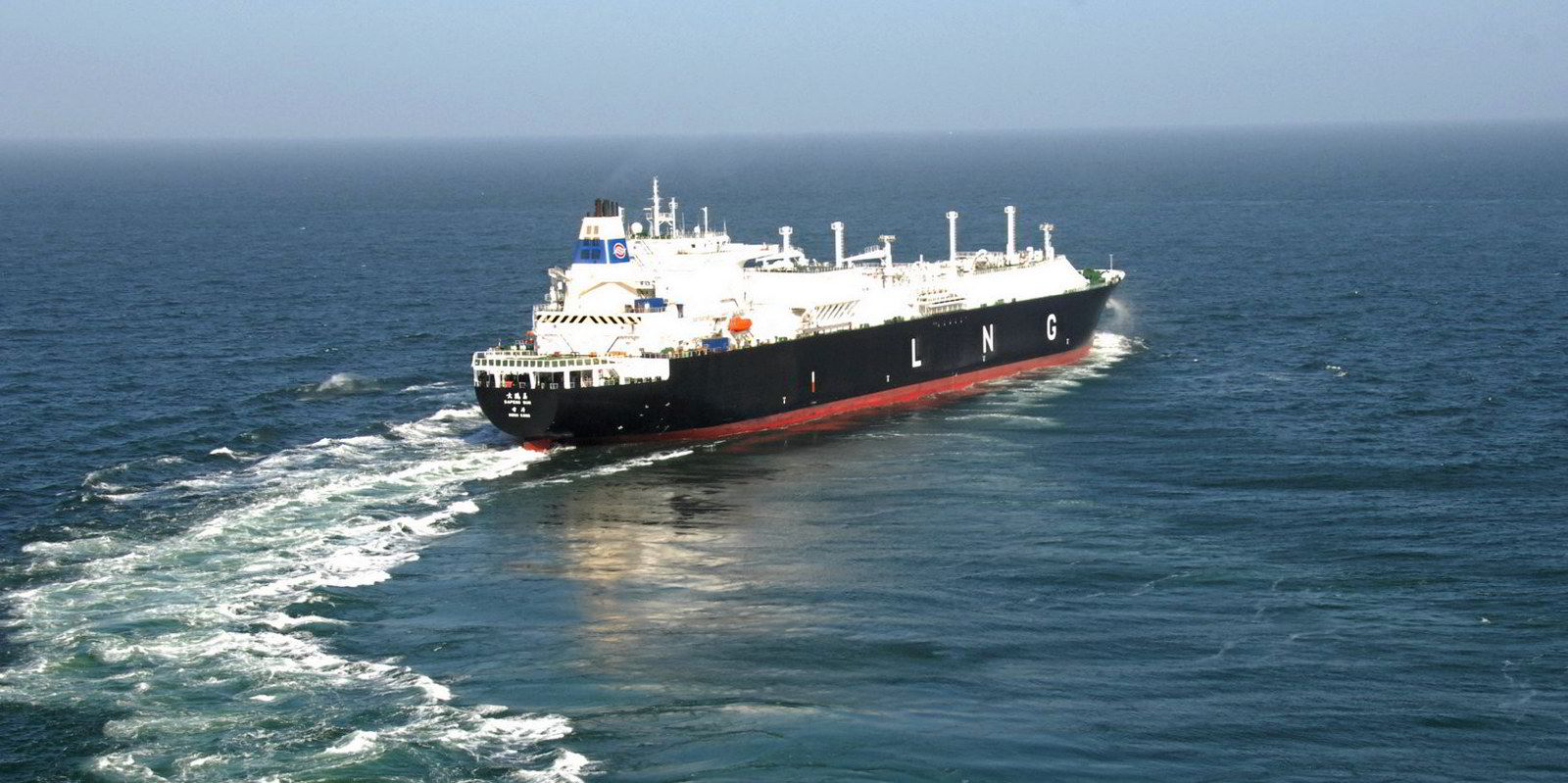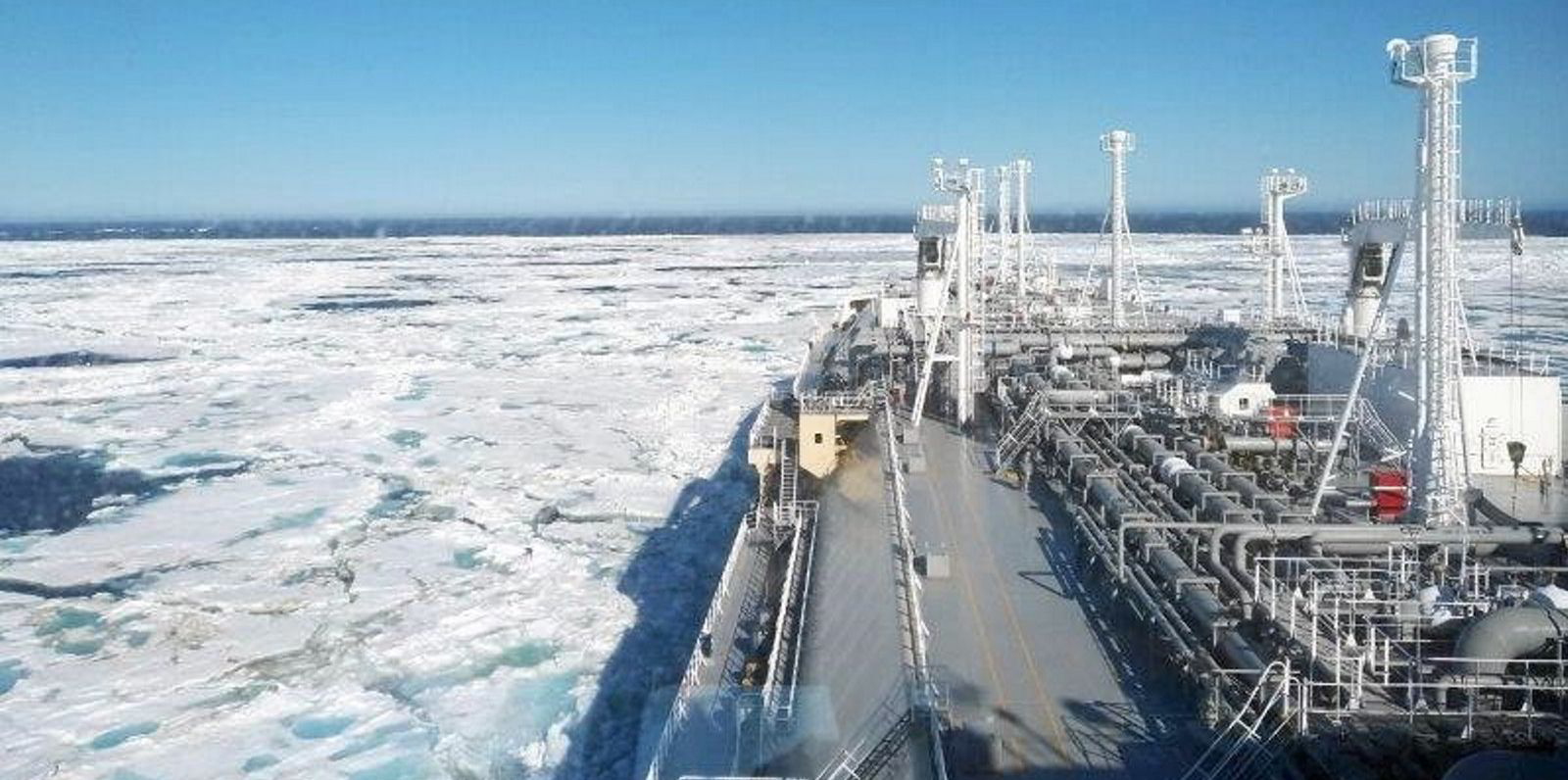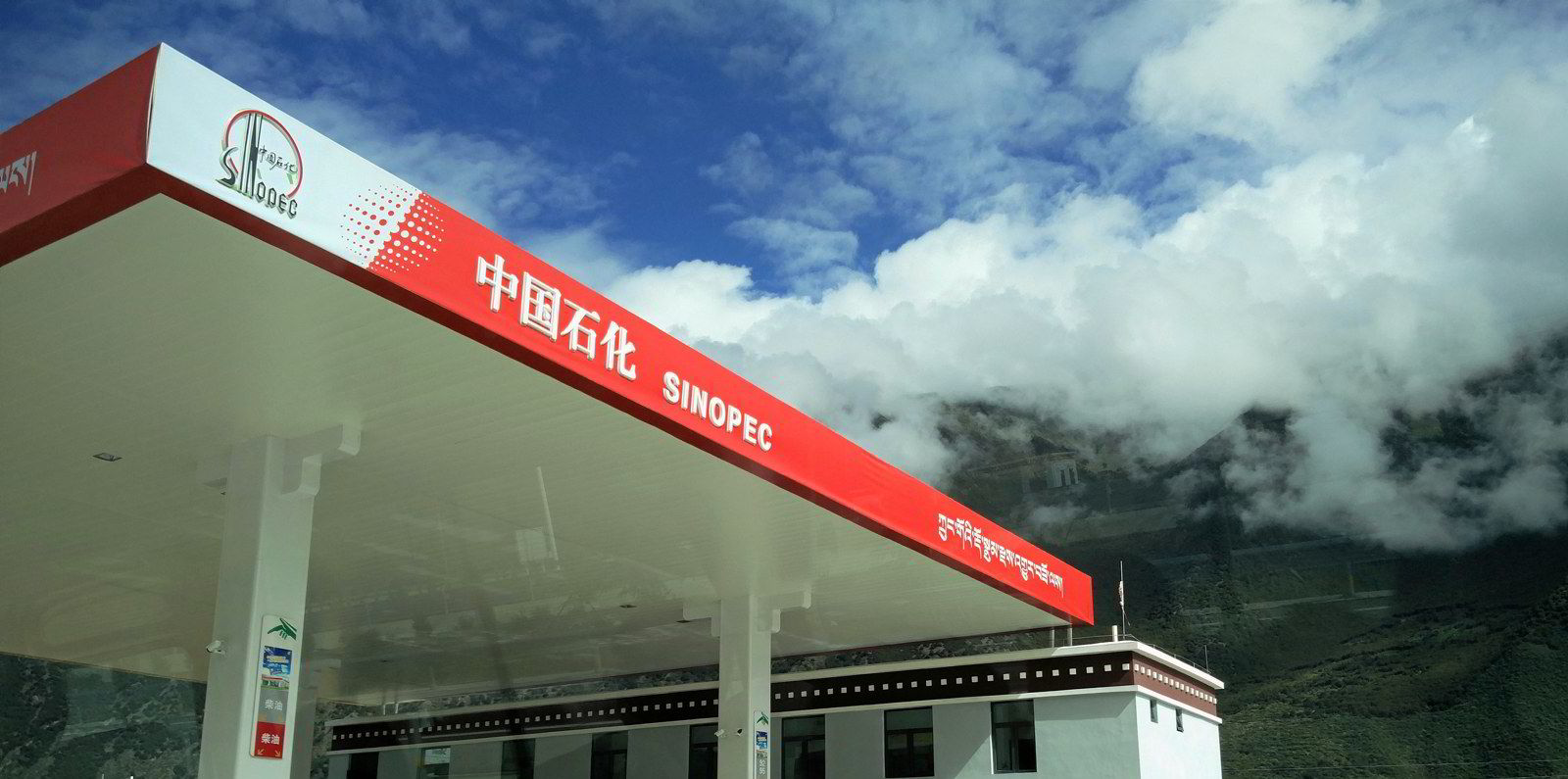Japan could retake the lead from China as the world’s largest importer of LNG in 2022, a report issued by Banchero Costa on Wednesday claims.
In the 12 months of 2021, China’s LNG imports jumped by 17.8% year on year to 79.1m tonnes, up from 67.1m tonnes in 2020.
This increase in volume saw China overtake Japan, which in 2021 recorded a more modest 2.8% year-on-year increase to 76.5m tonnes, from 74.4m metric tonnes in 2020.
Bancosta’s researchers said that there has been a dramatic turnaround in 2022, as high gas prices and weak manufacturing due to Covid-19 lockdowns “crimp demand” for the fuel.
China’s LNG imports declined by 20.6% year on year during the first five months of 2022, falling from 33.2m tonnes in the same period of 2021 to 26.4m tonnes.
“As such, it was again overtaken by a more stable Japan, which recorded a modest 3.8% year-on-year decline to 32.3m tonnes, from 33.6m tonnes in the same period last year,” Bancosta said.
“If this trend continues in the rest of the year, it would be the first sizeable drop since China began importing the gas in 2006.”
The shipbroker also noted that both China and Japan were leapfrogged this year by the EU, whose LNG imports surged by 58% year-on-year to 40.5m tonnes between January and May, from 25.6m tonnes in the same period of 2021.
“Big reshuffle”
Bancosta said that there has been a “big reshuffle” in terms of sources for LNG shipments into China this year, “which appears to replicate in part the boycott China is applying on Australian coal”.
The shipbroker said that during the first five months of 2022, China’s imports from Australia fell by 29.6% to 9.4m tonnes from 13.3m tonnes in the first five months of 2021.
This was described as being the lowest volume China has imported from Australia since 2018.
“It’s clearly not an issue of Australian supply, as Australia’s total exports this year actually increased by 1.5% year on year to 33.1m tonnes in Jan to May 2022, the highest on record, with shipments from Australia to Japan surging by 20% year-on-year in the same period to 13.4m tonnes.”
Still, despite this, Bancosta said Australia remains the top LNG supplier to China, accounting for 35.6% of its imports so far this year.
Surging ahead to become China’s second-largest LNG supplier for the first five months of this year was Qatar, which saw a 63.1% year-on-year surge so far this year to 6.6m tonnes, from 4m tonnes in the same period of last year.
Qatar now accounts for 24.9% of China’s total LNG imports this year, Bancosta said.
“Interestingly, this increase came at the expense of a parallel 60.9% year-on-year drop in shipments from Qatar to Japan, which were only 1.4m tonnes in Jan to May 2022 compared to 3.7m tonnes last year.”
Imports to China from Malaysia and Indonesia declined by 20% year-on-year so far this year to 5.2m tonnes, but Bancosta said this was more a correction from the 39.4% year-on-year jump recorded in the first five months of 2021.
The volumes of LNG that Russia has supplied to China increased this year by 23.1% year on year to 1.7m tonnes from 1.4m tonnes during the first five months of last year.
“These were mostly volumes rerouted from the UK, as volumes from Russia’s Far East to Japan and Korea continue pretty much as normal”, Bancosta said.
Finally, shipments from the US to China registered the largest percentage drop, down by 69.5% year on year to just 0.9m tonnes, from 3m tonnes in the same period of last year.
“Extremely positive”
On a global level, Bancosta said that the seaborne LNG is having “another extremely positive year” in terms of volumes.
In the first five months of 2022, total loadings of LNG increased by 5.5% year on year to 169.9m tonnes, from 161.1m tonnes in the same five-month period of 2021.
The US has now emerged as the world’s top exporter of LNG, overtaking both Qatar and Australia.
From January to May, the US exported 35.4m tonnes of LNG, followed by Australia with 33.1m tonnes (and Qatar with 32.3m tonnes.





